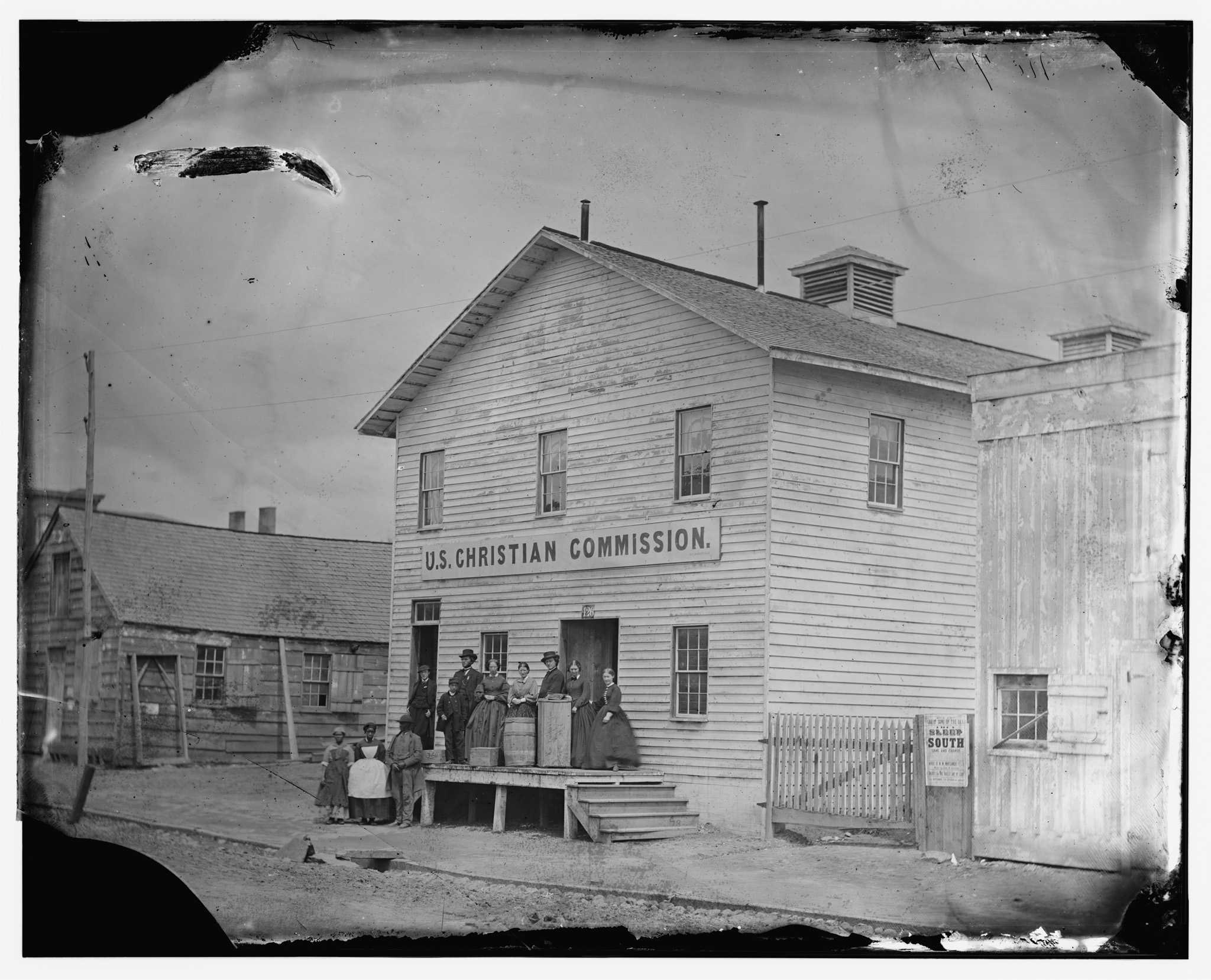Chapter 3
A Divided Nation Fights for Freedom
The election of 1860 was a turning point for the nation. The outcome would determine how the country would move forward regarding slavery. One month after the election of President Lincoln, states began to secede from the Union citing several reasons. Their demands included states' rights to maintain slavery, but also focused on property rights as they cited lack of enforcement of the 1850 Fugitive Slave Act. By April 1861, the Confederacy fired upon Fort Sumter and war was declared upon the United States. President Lincoln did not begin his term with a goal to end slavery. His military goal was to keep the Union together.
African Americans were determined to win their fight for freedom by any means necessary. They self-liberated as they escaped from plantations across the south. On January 1, 1863, the Emancipation Proclamation went into effect declaring that all persons enslaved in the rebelling states were free. It took the bloodiest war in the nation’s history to enforce the proclamation.
Like President Washington during the Revolutionary War, President Lincoln was not initially interested in African Americans serving in the military. However, based on the strategic need for increased military support and influenced by Fredrick Douglass, the president included the recruitment of Black soldiers as a provision of the Emancipation Proclamation. A war to keep the Union together became a fight for freedom and ultimately changed the nation.

To battle for freedom and justice to the slave, I to go to the District of Columbia, where the shackles had just fallen.
Harriet Ann Jacobs, 1863
Women on the Front
Laundry Workers, 1863
Tens of thousands of women, both enslaved and free, traveled to the battlefront. Enslaved women journeyed toward Union lines to free themselves. Once there, they joined northern women who came south to provide much-needed assistance. Women worked for the army as nurses; they built fortifications; they were cooks and laundry workers. They also established schools and secured food, housing, employment, and medical care for themselves or for others. Many of the schools and hospitals they established still exist today.
Harriet Tubman
Newspaper clipping with a portrait of Harriet Tubman
The Civil War enabled Harriet Tubman (ca. 1822–1913) to extend the Underground Railroad into the Deep South. Joining the Port Royal Relief Association, Tubman worked as a nurse and cemented important relationships with local people. Using these connections, she became the commander of a large spy network. She led many missions including the Combahee River Raid and freed hundreds of people. Tubman’s success was built on her ability to tap into local traditions of African American resistance.
Visualizing Freedom
This Civil War-era carte-de-visite album was owned by abolitionist Emily Howland. The album includes the earliest known image of Harriet Tubman as well as other rare portraits. It contains 49 images in total of iconic and lesser-known men, women, and children connected to the causes of freedom and equality. Early photographer Mathew Brady stated that the camera is the eye of history. The Howland album illustrates a chapter in American history when an interracial collective of men and women worked together to change the nation. The images and composition of this album shed light on how a community of activists, including educators, soldiers, and politicians, fought for social justice. They shared one common goal: the liberation and empowerment of African Americans.
Visualizing Freedom
This Civil War-era carte-de-visite album was owned by abolitionist Emily Howland. The album includes the earliest known image of Harriet Tubman as well as other rare portraits. It contains 49 images in total of iconic and lesser-known men, women, and children connected to the causes of freedom and equality. Early photographer Mathew Brady stated that the camera is the eye of history. The Howland album illustrates a chapter in American history when an interracial collective of men and women worked together to change the nation. The images and composition of this album shed light on how a community of activists, including educators, soldiers, and politicians, fought for social justice. They shared one common goal: the liberation and empowerment of African Americans.
Charlotte Forten Grimké, Black Abolitionist
Charlotte Forten Grimké
At age 25, Charlotte Grimké (1837–1914) left Massachusetts to join the Port Royal Relief Association in the South Carolina Lowcountry. Grimké grew up in an abolitionist household and was well-schooled in equal rights. She believed in racial uplift: the idea that education and refinement proved Black equality. Yet she struggled to fully recognize the formerly enslaved as being similar to herself. They represented African American communities unfamiliar to her. While working in the Lowcountry, she kept a diary recording her experience teaching and living in the area that sheds light on her beliefs.
African American Relief Workers
Relief Workers, 1865
Many African American men and women coming into Union lines found employment in relief work, assisting in hospitals and camps.
Susie King Taylor, Community Leader
Susie King Taylor
Susie King Taylor (1848–1912) bravely seized her freedom at age 14. Leaving her parents behind, she traveled with her uncle’s family and slipped across Union lines. Educated in a secret school while enslaved in Savannah, Georgia, Taylor had many skills to offer. Within days of arriving within Union lines, she was teaching, working as a laundress, and following the U.S. Colored Troops into battle to assist nurses. She soon began working as a nurse herself, assisting patients both on the battlefield and in hospitals. She also led a campaign to fight for equal wages for Black Union soldiers who were paid less than their white colleagues in battle.
